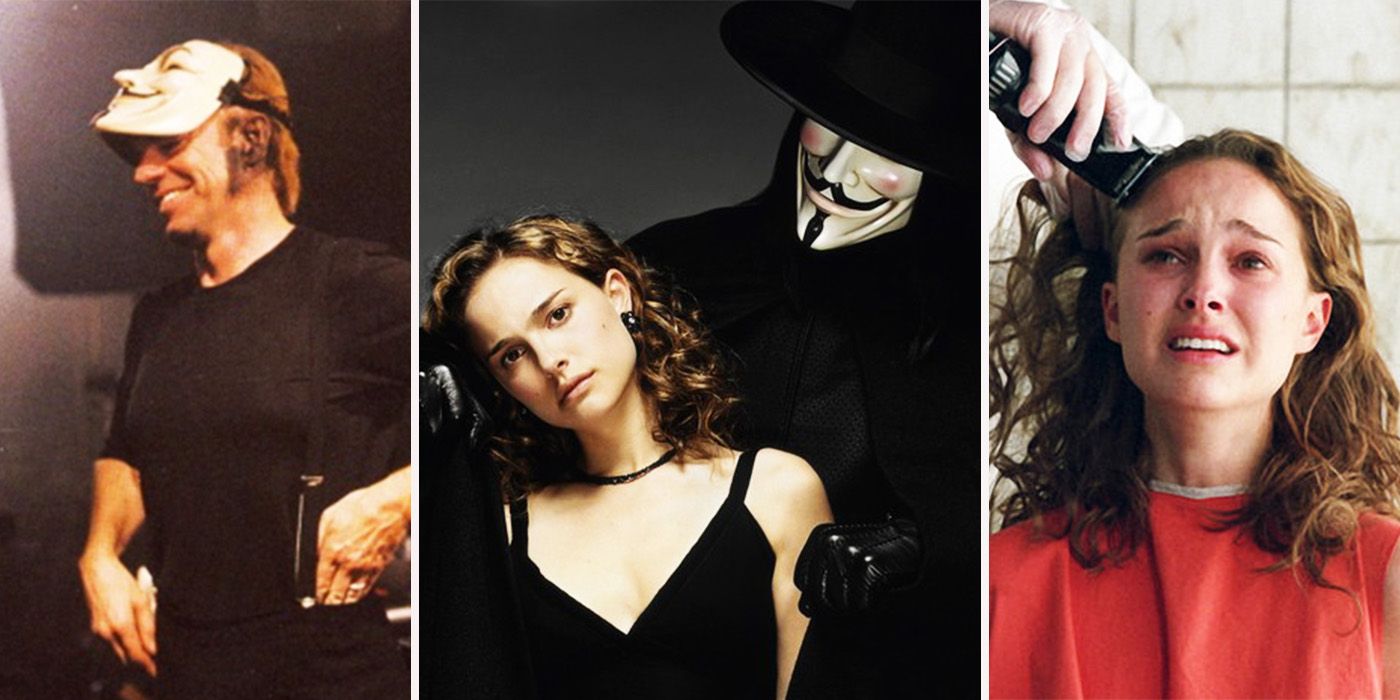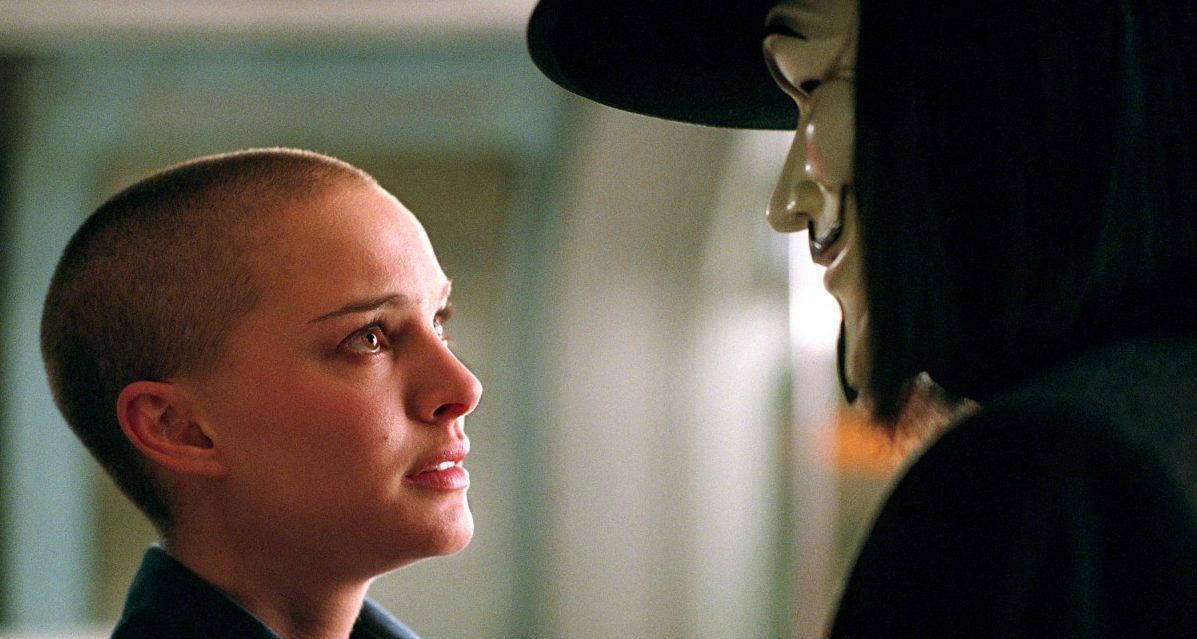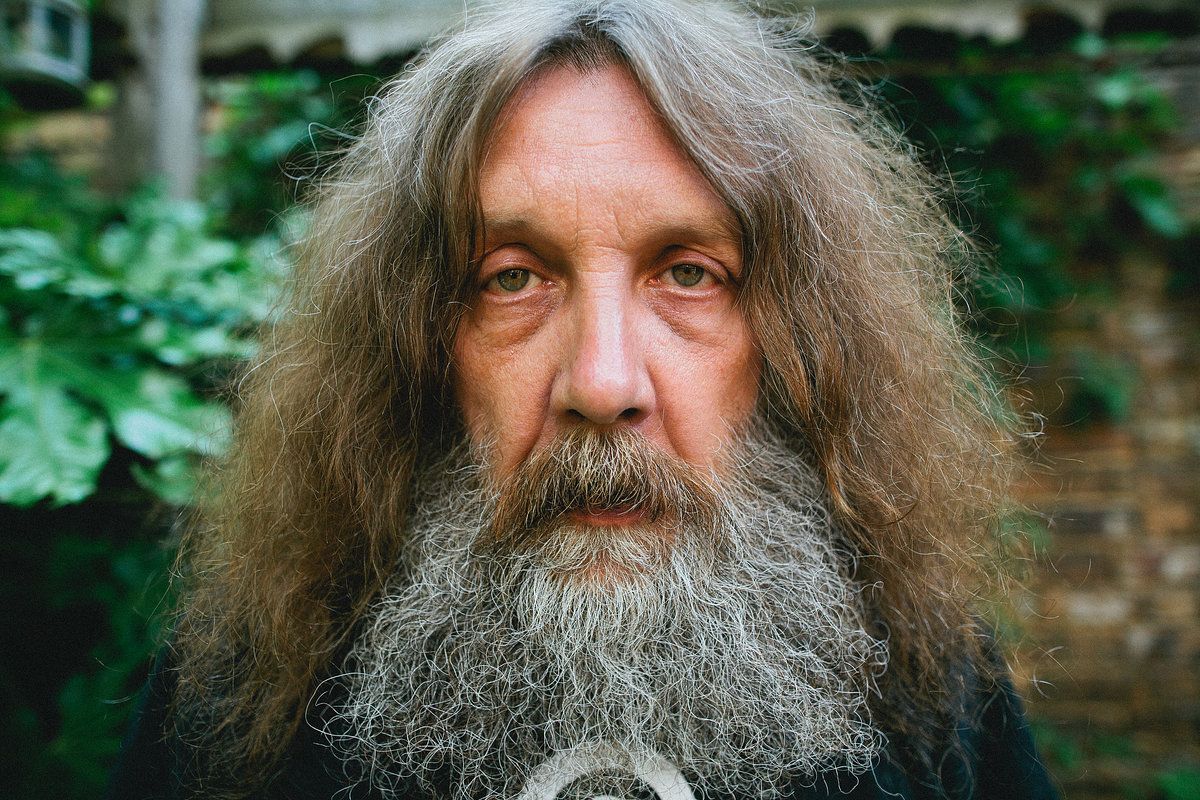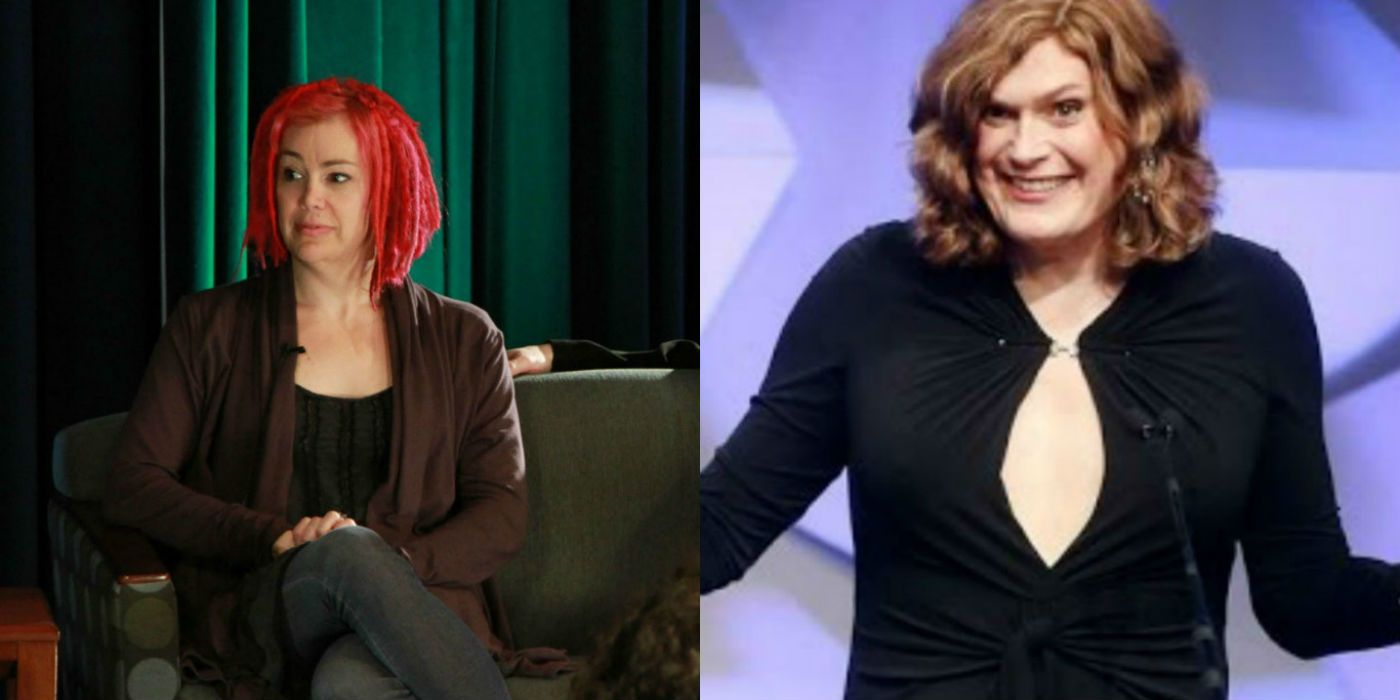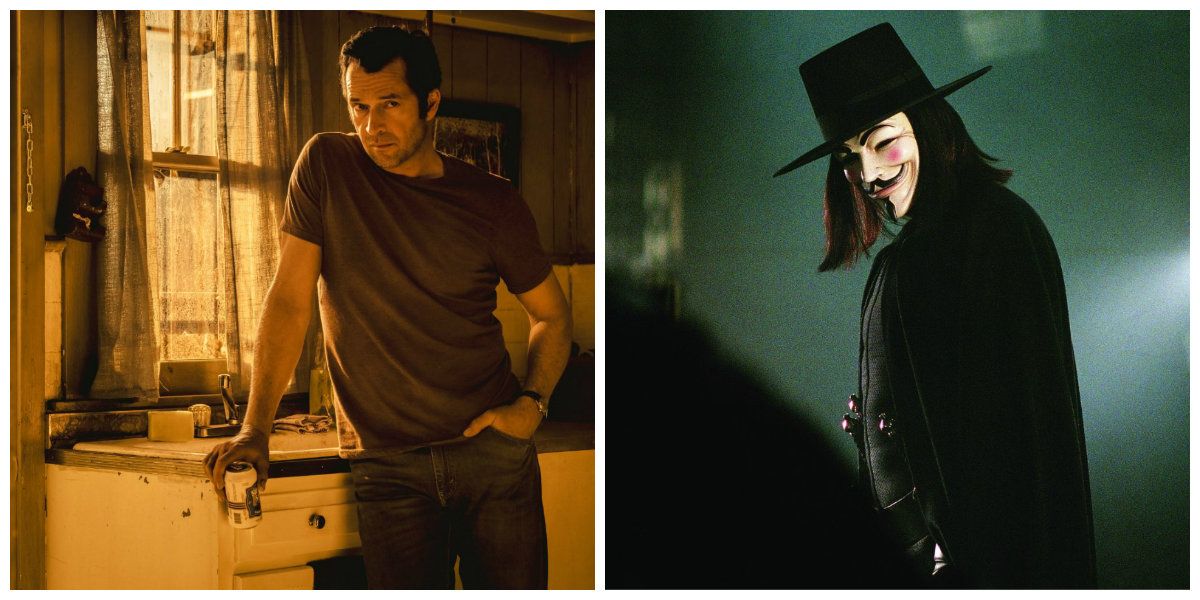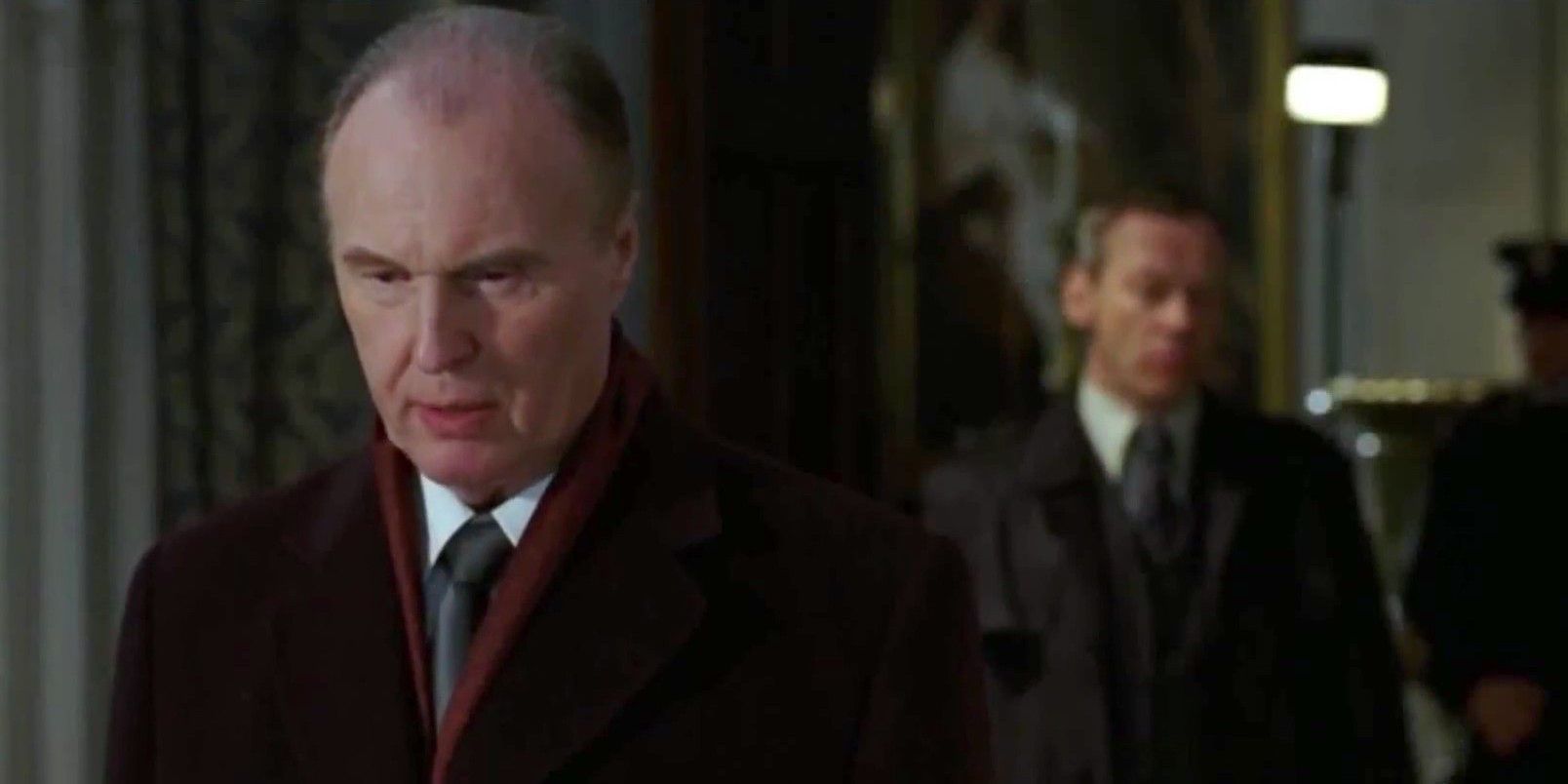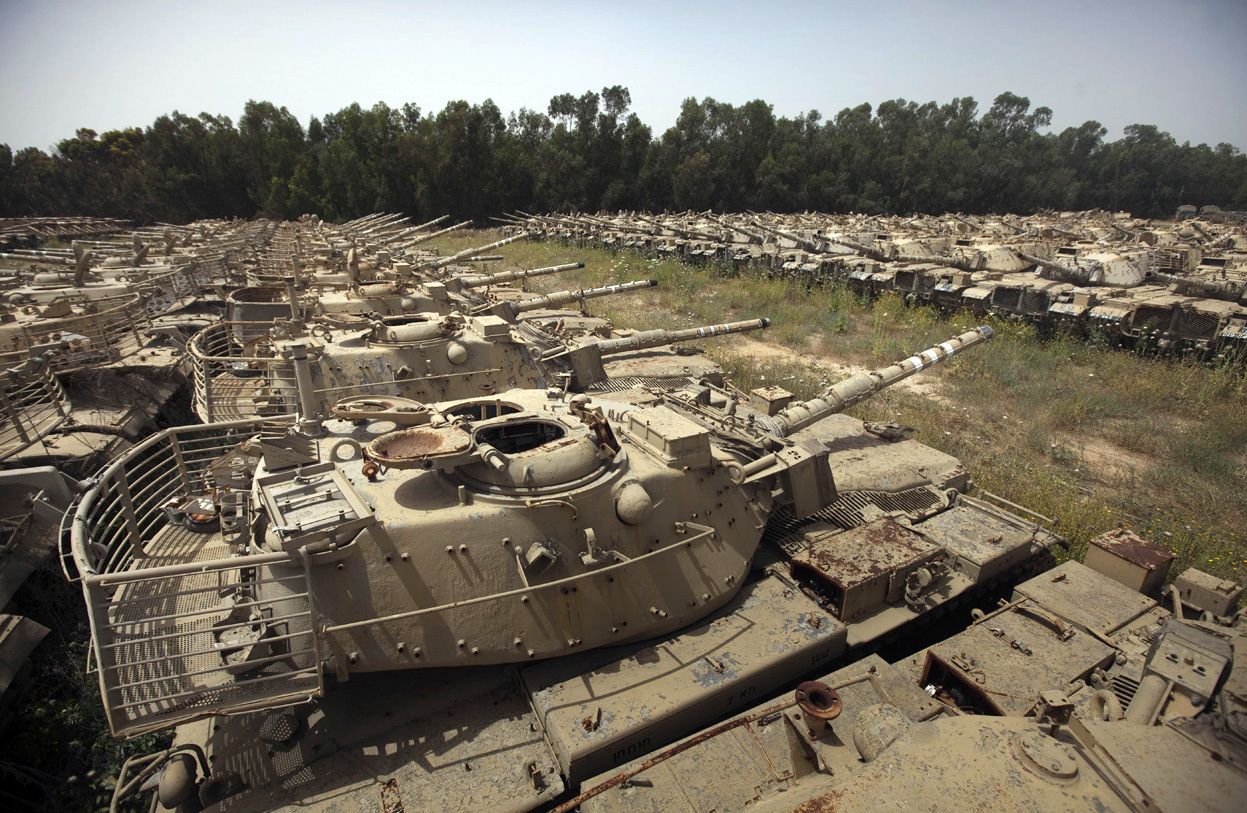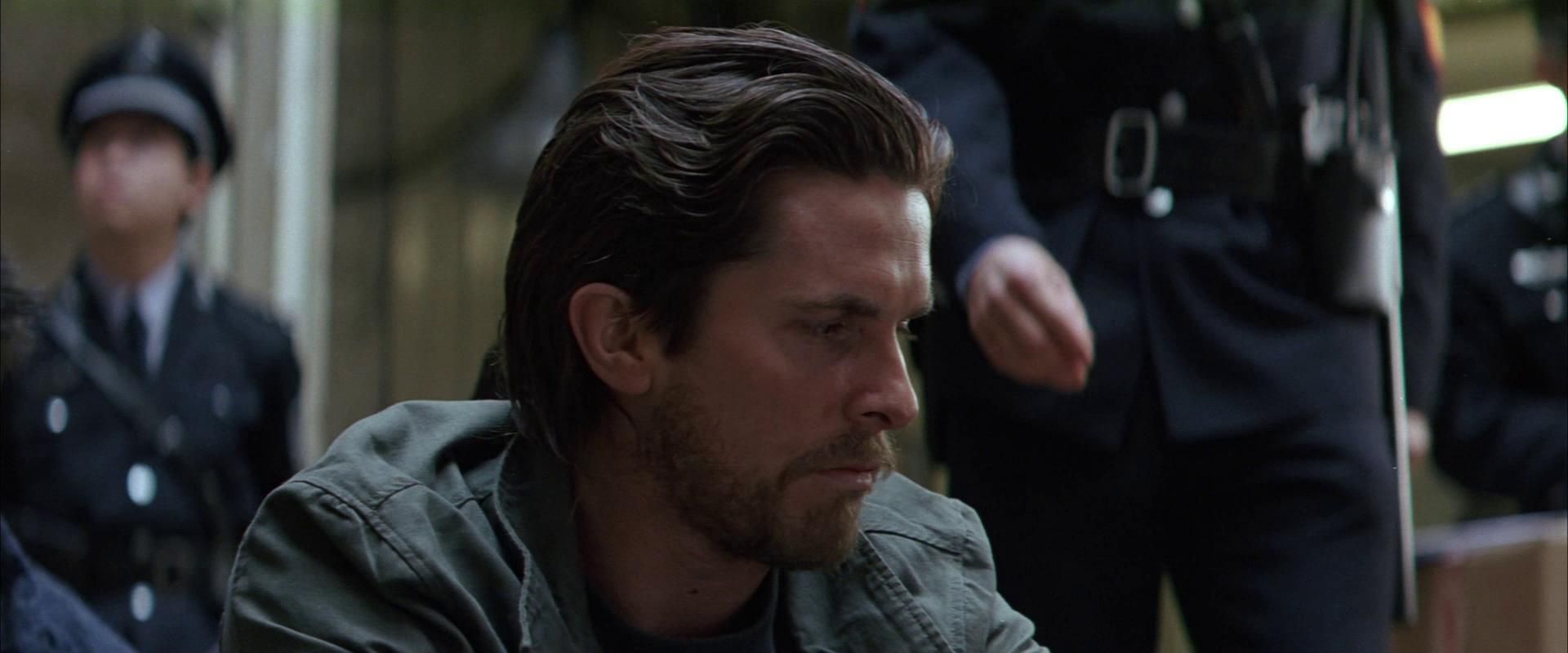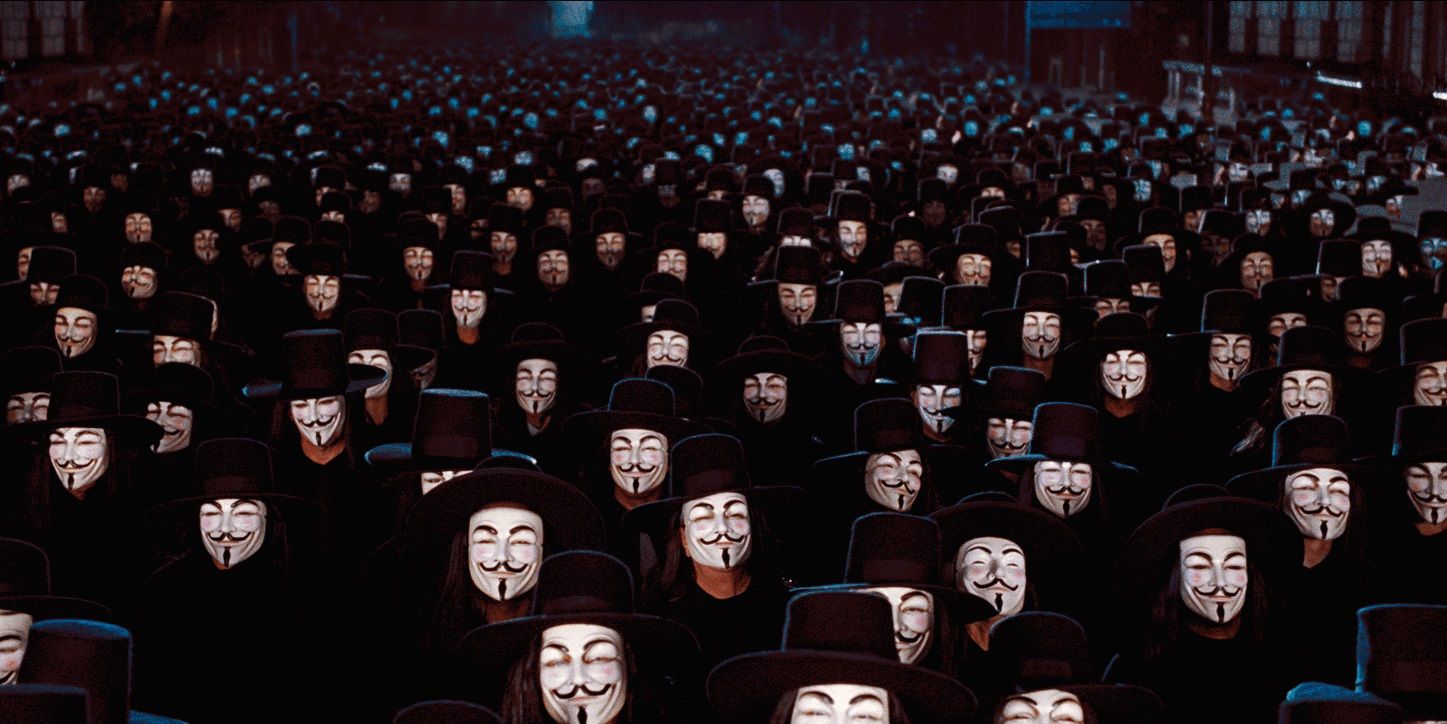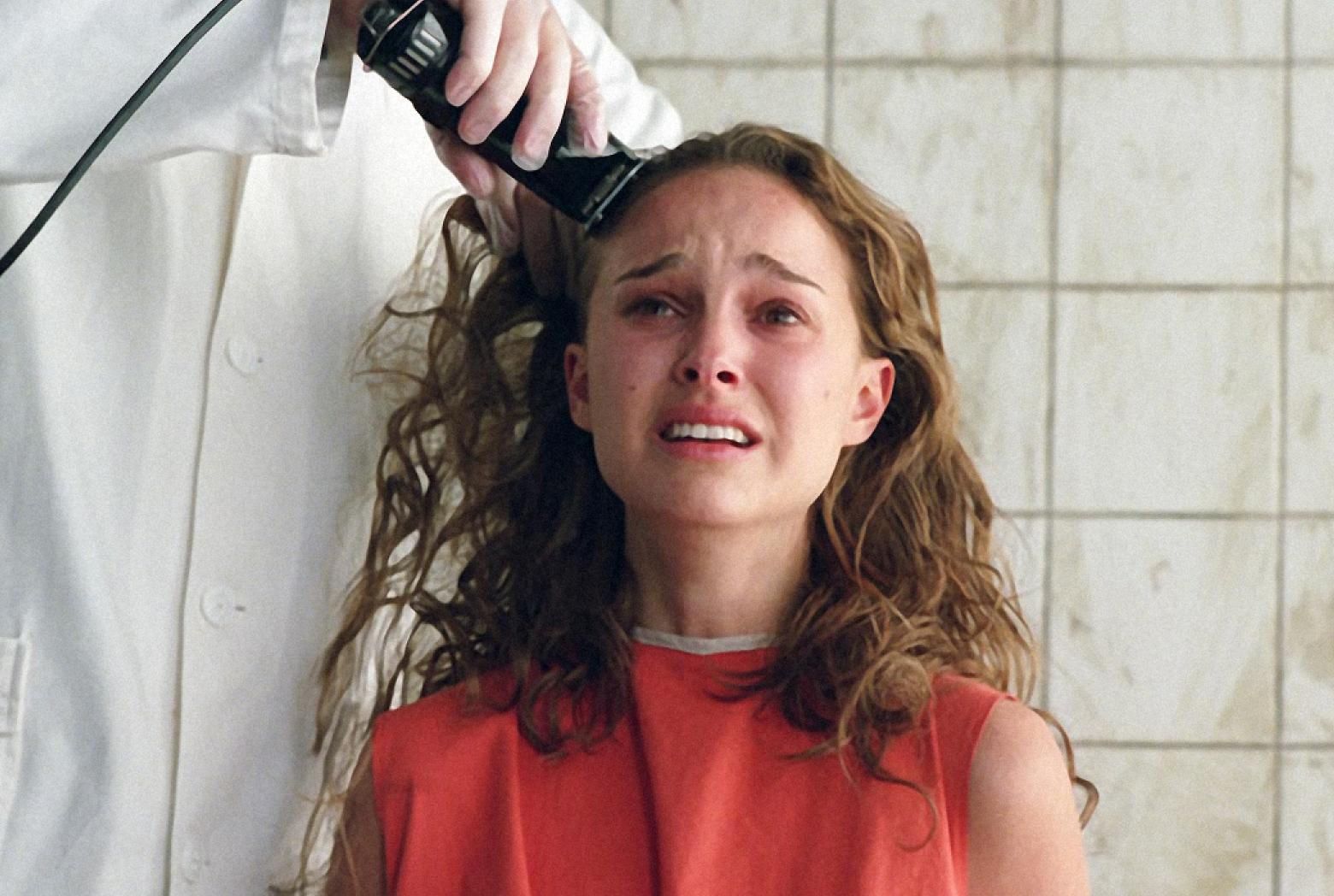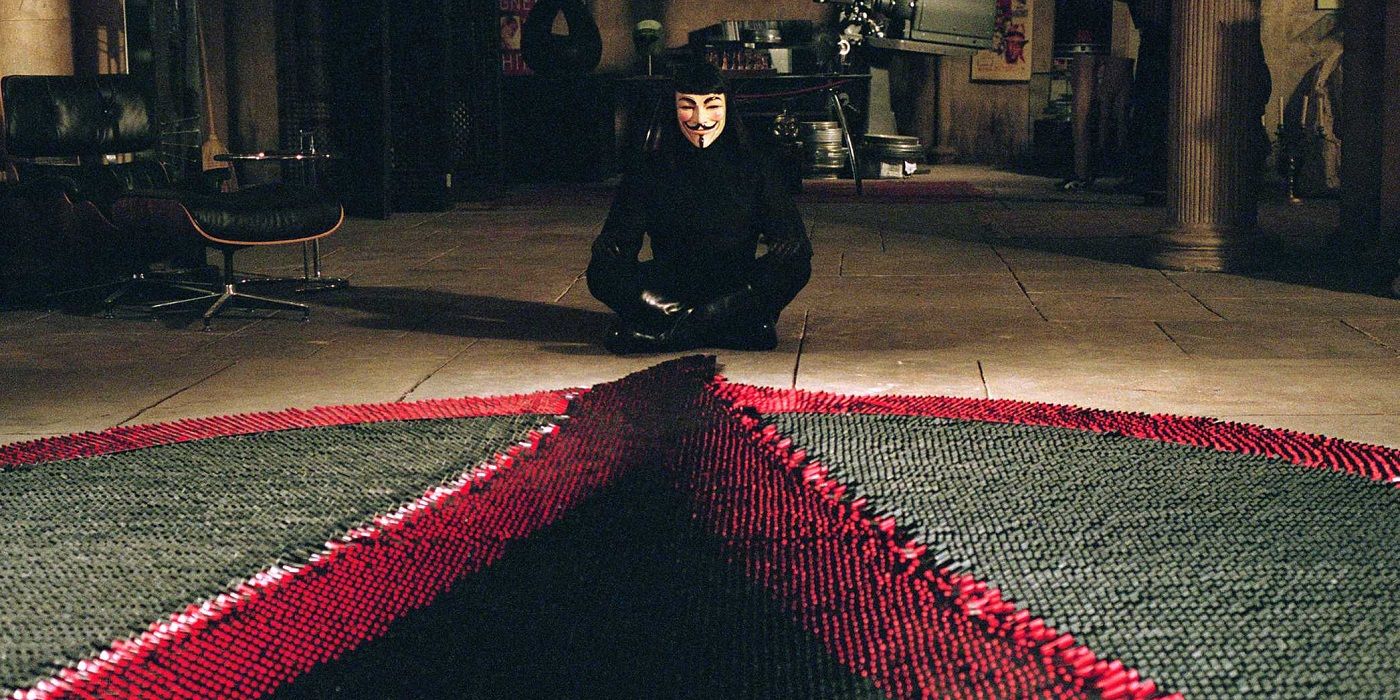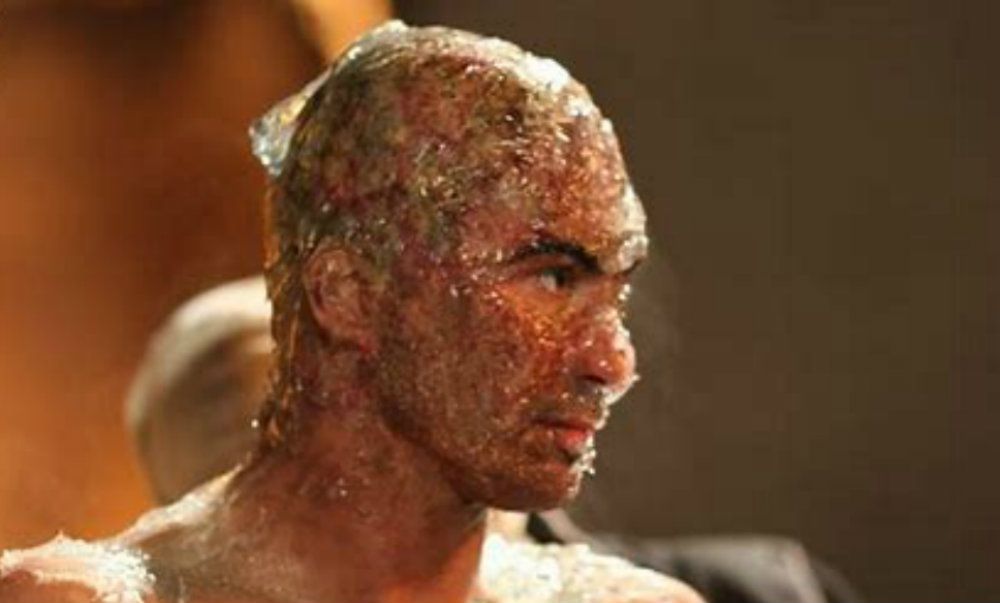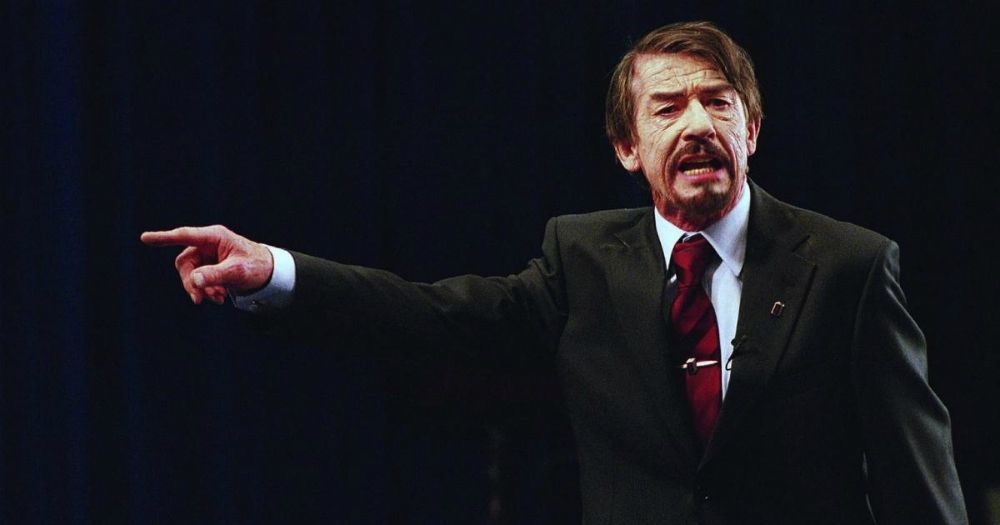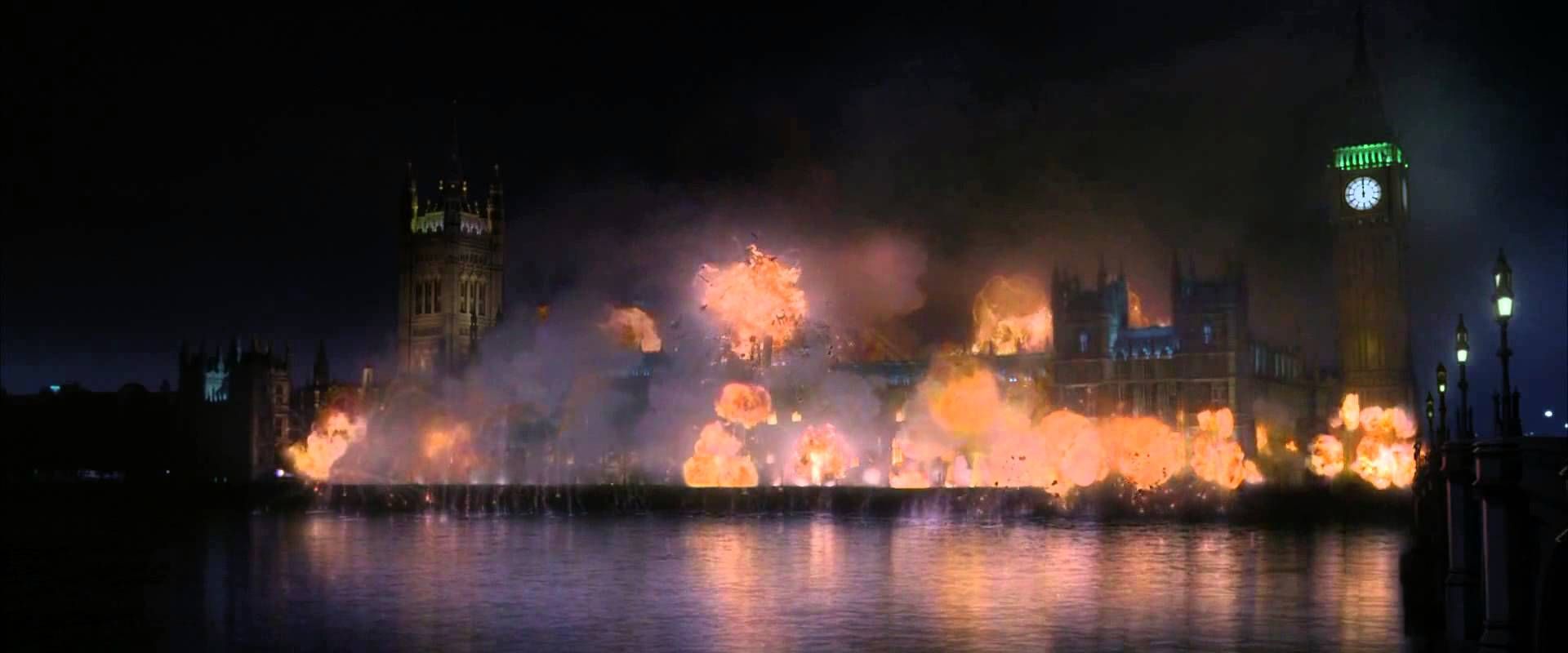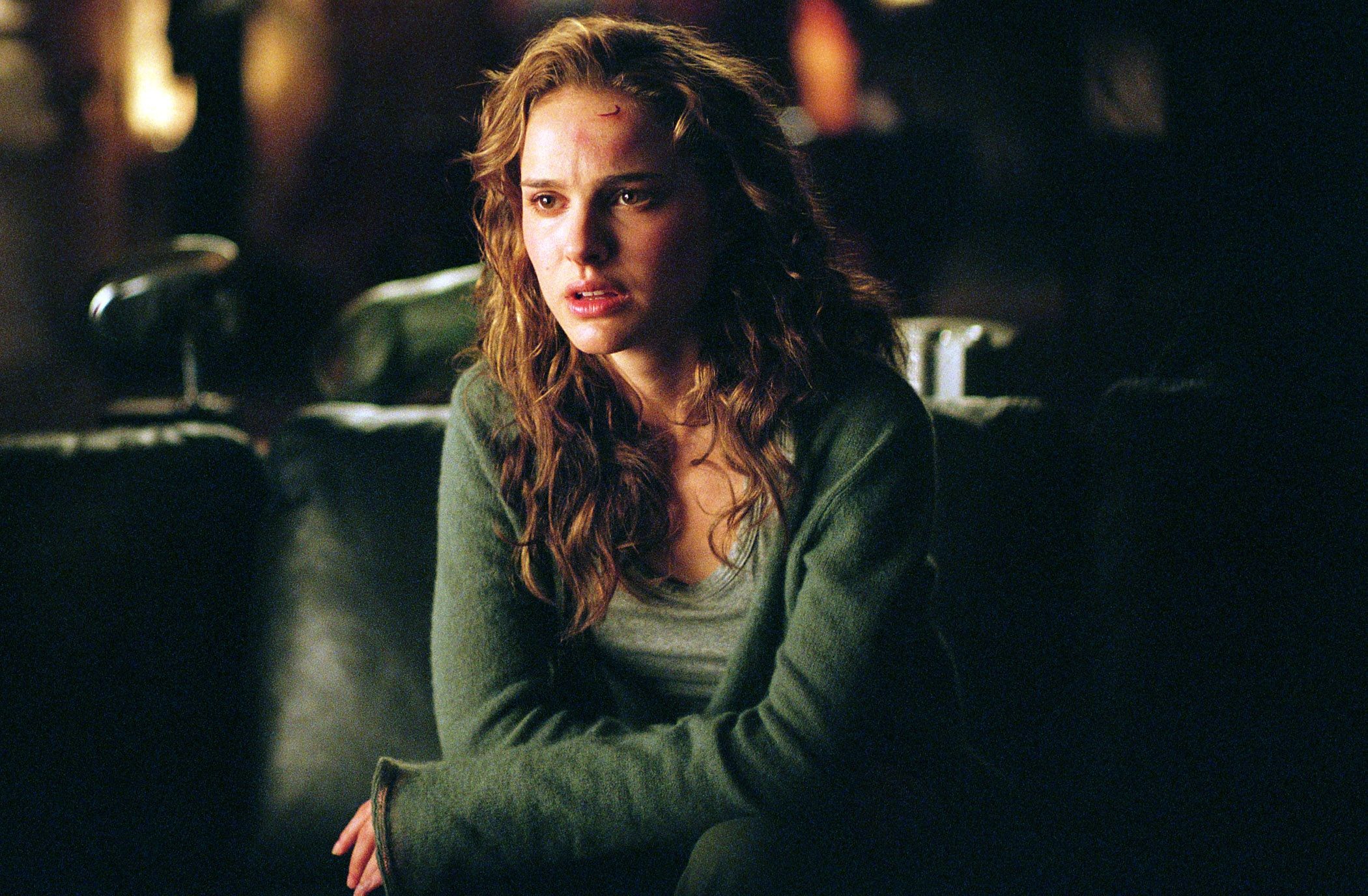In the late 1980s, Alan Moore released installments of a graphic novel about Fascism and oppression after a nuclear war had destroyed most of the world. A supremacist political party ruled the UK in a dystopian version of the country, using prisons and outlandish rules to extinguish their opponents.
When it felt right for a movie adaption, Joel Silver bought the rights for the graphic novels V for Vendetta and Watchmen. Silver hired writer Hilary Henkin based on her success with Road House. The first draft she wrote had very little to do with the 2006 V for Vendetta movie. She also added obvious satire and strange elements that weren’t in the graphic novel. Then, during the second and third Matrix movies, the Wachowskis revamped the previously-written screenplay by shortening their version and making it more modern.
Reviews for the movie were mostly positive, with critics saying the film was “disturbing" and that the movie had good acting and an interesting plot. But some critics and fans sided with Moore's derision of the film.
With V for Vendetta’s tumultuous release, the movie had many crazy things happen behind the scenes
Here’s 16 Incredible Things You Didn’t Know About V for Vendetta.
16. The Biggest changes from the graphic novel
There were many changes that took place in the conversion of the graphic novel to the movie version of V for Vendetta. Besides the main theme and time frame (see the next entry), characters underwent a variety of changes. Especial the main character, V.
In the movie, V is a classic, romantic freedom fighter who agonizes over the loss of life whether it’s an accident or not. But in the graphic novel, V is totally the opposite. In Moore’s version, V is brutal and ruthless, ready to take out anyone who is a hindrance to his objectives.
The relationships of V with other characters (notably Evey and Inspector Finch) are vastly different. For example, V subtly pledges his love at the end of the film, while in the graphic novel, V is ready to have Evey take on his identity instead.
15. No Alan Moore
Alan Moore is opinionated on just about everything: just read any of his graphic novels and the themes and references he writes about and includes. Some people consider him cantankerous. It shouldn’t surprise you to learn that Moore wanted absolutely nothing to do with V for Vendetta.
He requested his name be removed from any credits (which the production company honored). He also refused to take any royalties from the movie.
When asked about his disdain for the movie, Moore has said that the original story was a graphical complaint about Margaret Thatcher’s reign. Those who created the movie version “Hollywood-ized” it, and turned it into a complaint about George W. Bush. It wasn’t his intention for someone to interpret his graphic novel that way.
14. V for Vendetta's script was written Before The Matrix
The Wachowskis, well-known for their science fiction epic The Matrix and its sequels, originally had prior experience with V for Vendetta years before they took on the graphic novel.
The Wachowskis had written a script for V for Vendetta before they began working on The Matrix.
Since they weren’t famous enough yet, they couldn’t get it made or get anyone to really look at the script.
But after the popularity of The Matrix skyrocketed their names to the elite of Hollywood, it was now time for V for Vendetta.
With Joel Silver - who owned the rights to the film version of the graphic novel - the Wachowskis produced the film. They had no desire to direct it, so they offered James McTeigue the director role. He accepted; it was his directorial debut.
13. The original V actor left
Hugo Weaving is the definitive V. His voice - though dubbed - is distinct and commanding. But he wasn’t the first actor in the role of V for V for Vendetta.
James Purefoy was actually cast as the main character, but he decided to leave the film 4 weeks after production started. It’s rumored he was fired, but Purefoy denies that allegation. Purefoy says he removed himself from the role because he had problems giving an entire performance behind mask that hindered his voice.
Hugo Weaving was chosen to replace Purefoy.
He had been in another movie by the Wachowskis, The Matrix. Weaving was more prepared for the role because he had “mask training” in drama school. Director James McTeigue had said later, “Can I tell the difference? Yeah. Can the audience tell? I doubt it.”
12. Background Checks and Barcodes
Being a part of a movie doesn’t exempt you from the same rules and regulations as other citizens. If by chance you get to meet the President of the United States, you get deeply vetted. The same typically goes for other heads of state and countries.
And the same went for those involved in making V for Vendetta. There were scenes planned to get filmed near the Parliament houses in Parliament Square. So, special precautions - which applied to everyone - were done.
All the actors and some of the film crew had to have background checks in order to get cleared to be near Parliament. Also, because weapons would be used in the area, all the barcodes on them were scanned to keep tack of those allowed to carry and/or handle them.
11. Real Army Tank Usage
In the Parliament Square scenes, two tanks were used in the film.
Those tanks were real Army ones, but decommissioned.
However, because the tanks were going to be used near Parliament Square, they had to go through special inspections. Each night, before the tanks were moved to the filming site, they were audited by government security people. They wanted to make sure the weaponry on the tank was nonfunctional and had not been changed.
Then the tanks were taken with a truck to the filming location. During that time, no stops were allowed, and those same security personnel escorted the tanks all the way. This was in addition to all the security checks given to everyone as mentioned in a previous entry. It all makes sense for safety.
10. Old Music In Trailer
When a movie’s theatrical trailer is released, you figure enough of the movie is completed to put out a trailer. But sometimes, movies use scenes from previous movies (for sequels) or other productions altogether (Battlestar Galactica). V for Vendetta used musical scores from other movies to accompany the theatrical trailer release.
The second and third instrumentals in the trailer are from Batman Begins. This movie was directed by a DC film alum, Christopher Nolan. The second score was also used in The Dark Knight.
The third piece used in the trailer was also from Batman Begins. From the scene when Bruce Wayne decimates Ghul’s fortress in the Himalayas with explosives, which is similar to what V does in Larkhill with the Old Baily and the Houses of Parliament.
9. Protests
V for Vendetta is a statement about igniting revolutions when the current political climate is oppressive and rich-centric. While some may not agree with V’s methods, the ideas behind the movie are typically used by anarchists to promote their beliefs.
The movie received protests not for its themes, but for the story.
In April of 2006, about one month after the theatrical release, the NY Metro Alliance of Anarchists facilitated a protest. They spoke out against Time Warner and DC Comics’ translation of the graphic novel to screen.
Their main complaint was the movie “watered down the story’s original message in favor of violence and special effects.” Nothing much came from the protests as the movie has remained the same ever since.
8. The Infamous Shaved Head
One memorable scene in the movie was when Natalie Portman gets her head shaved. It’s a real scene - her hair is not removed with CGI techniques.
Keep in mind that her head was not shaved bald, as many people sometimes think. There’s still stubble on her head; to properly shave a head bald, a razor and gel/cream is used.
Portman was excited to get her head shaved.
She looked forward to that scene since she’d been wanting to do buzz her hair for a long time anyway.
Other actresses who shaved their heads for movies were Demi Moore in G.I. Jane, Karen Gillan for Guardians of the Galaxy, Cate Blanchett for Heaven, Halle Berry in Nappily Ever After, and Sigourney Weaver in the third Alien movie.
7. Double Speak
One of the iconic parts of V for Vendetta was the mask. It’s even made its way into the real-world as a symbol worn by protesters and those opposed to censorship and oppression.
Even today, when you see the mask, some kind of political or social statement is being made. But for the movie, the masked posed a problem for Hugo Weaving.
As mentioned before, James Purefoy felt the mask impeded his performance. It did the same to Weaving: he couldn’t project his voice as prominently as needed. So during filming, Weaving spoke the lines normally. Then, in post-production, he went into a studio and repeated the lines so they could be dubbed.
Even some of the lines said by Purefoy that were removed were dubbed over with Weaving’s voice.
6. Lots And Lots of Dominoes
The domino scene in V for Vendetta makes an obvious reference to the letter V. When V starts the red and black falling dominoes, it’s a thrilling sight to watch them transform into a huge V.
It might shock you to know you can find a job in the world as a professional domino assembler. Four of them built the domino outline, which used around 22,000 dominoes - it took them about 200 hours to set it up!
However, if you notice in the movie, there were several different angles showing the falling dominoes. Instead of using a number of cameras, the dominoes had to be set up several times in order to get those different angles. That meant those assemblers took over 600 hours to set up the dominoes for that shot.
5. The Firewalker
Stunt work is a dangerous profession, but it’s also an impressive one. Whenever a scene calls for a character to catch fire or be involved in fire somehow, extreme precautions are taken for a person’s safety if it will be done for real.
For Hugo Weaving’s stunt double, Chad Stahelski, a firewalk was scripted.
He really did walk through fire.
Some of the few tricks used to protect the double was to lower Chad’s body temperature and have him don really cold fire-resistant clothing.
Then right before the firewalk scene was ready to film, Chad was slathered in a really cold gel that has been on ice all day. Even the g-string used in the scene was fire-resistant and soaked in the special gel.
4. Real-Life Censorship
V for Vendetta is all about revolution and anarchy, and the movie makes references to real-life censorship. The band Sex Pistols are vaguely mentioned in V for Vendetta, and they were the gateway to the UK’s era of censorship.
Sex Pistols released the songs “God Save the Queen” and “Anarchy in the UK.” Both songs were banned in England from being played. “God Save the Queen”, because of its brutal lyrics criticizing their current Queen, was not for sale in major music store chains. One of the band members, Steve Jones, has said, “I don’t see how anyone could describe us as a political band. I don’t even know the name of the Prime Minister.”
Ironically, Sex Pistols signed their first contract with A&M in front of Buckingham Palace.
3. Prime Minister's son worked on the movie
The big, climatic scene at the end took place in London’s famous Whitehall area. For 4 nights in a row, the area was cleared after midnight (when the crew was allowed to film).
The Whitehall section has the Prime Minister’s home and the Houses of Parliament. But what drew vast criticism was who worked on V for Vendetta. Euan Blair, who was the son of then-Prime Minister Tony Blair, was a runner for the production company making the movie.
Stephen Fry suggested shallow political connections helped obtain permission to film in those government buildings. Producers denied this.
A women was arrested for making a protest in Whitehall, but, as Parliament member David Davies said at the time about the hypocrisy, “[the government] is happy to open the doors when Blair’s son turns up in a film, which is about Parliament being blown up.”
2. Easter Eggs In Almost Every Frame
If you watched V for Vendetta closely, you probably noticed the letter V and the number 5 (as in the Roman numeral V) represented at various points in the movie. However, they are inserted in nearly every frame of the film.
There are some obvious ones. Like when there are explosions, you can see V. In the room where elderly people sit playing chess, the flags are set up as Vs in the background.
Of course, some of the references require a keen eye. As Creedy and Finch are side by side, there is a V in between them. When Natalie Portman wakes up in the dungeon, the wound on her forehead is shaped like a V. When the talk show host speaks, the clock hands are in a V the whole time he talks.
1. Other Actresses for Evey
Natalie Portman wasn’t the only actress who wanted the role of Evey Hammond. Bryce Dallas Howard, who was just beginning her movie career, auditioned for the part, but didn’t get it. She went on tomake As You Like It and Lady in the Water the same year as V for Vendetta.
One actress who didn’t get the role was Scarlett Johansson. She had already been in plenty of popular movies before. Even not getting the part, she put out 3 movies in 2006: Scoop, The Black Dahlia, and The Prestige.
Even though Keira Knightly was most likely filming 2 Pirates of the Caribbean movies (At World’s End and Dead Man’s Chest), she still wanted to play and auditioned for Evey Hammond. She wasn’t chosen, but may have taken herself out of the running due to scheduling conflicts.
What kind of things didn’t you know about V for Vendetta? Let us know in the comments?

